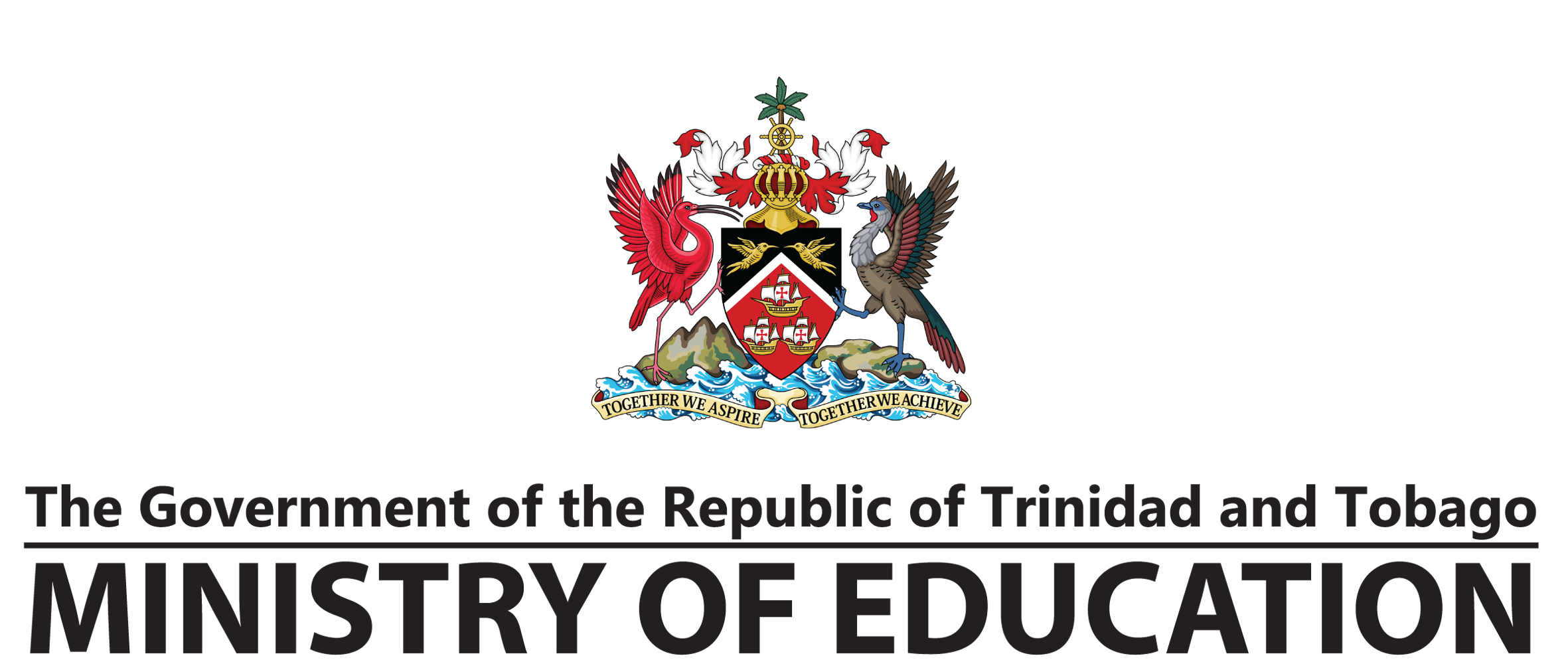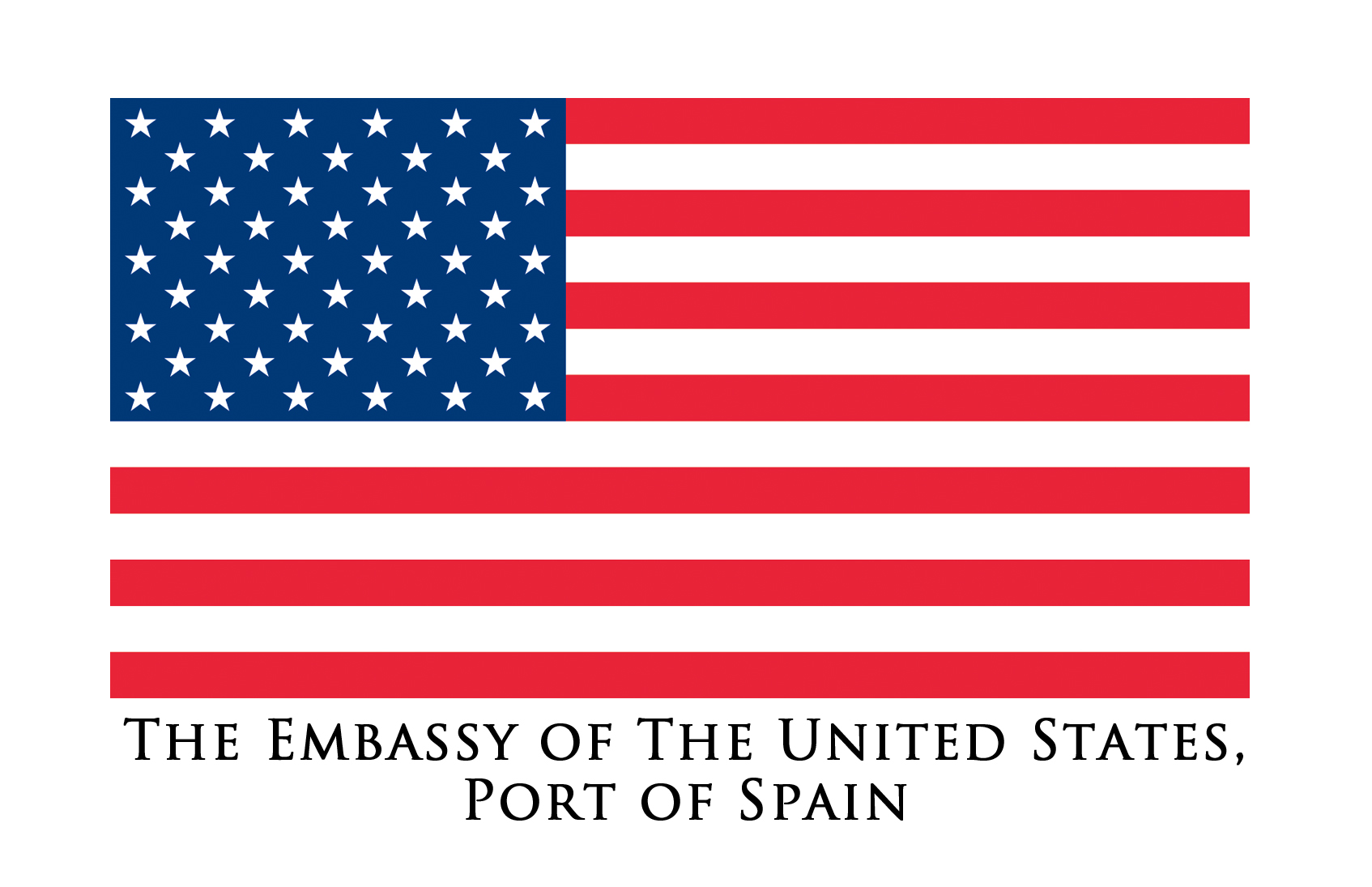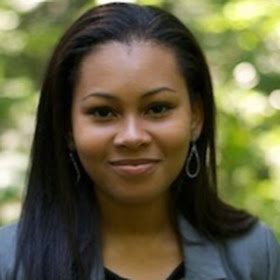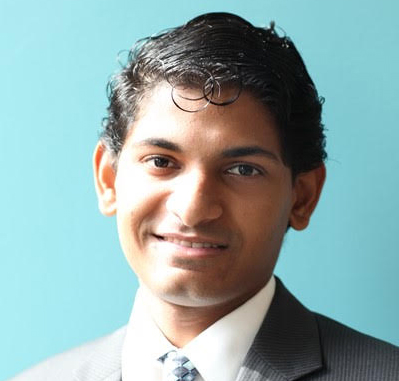


Date: June 4th 2017

Alyssa Mike
NIHERST/NASA
International Inter 2017

Valmiki Ramroop
NIHERST/NASA
International Intern 2017
Alyssa Mike of San Fernando and Valmiki Ramroop of Cunupia are about to engage in cutting-edge research under the mentorship of top minds at the NASA Ames Research Centre in California, USA. Mike and Ramroop are now part of a select group of international students to participate in the esteemed NASA International Internship Program (NASA I2). A BSc. student of Engineering (Biomedical Computation) at Stanford University, 21 year old Mike will conduct research on a project entitled “Biosensor Development.” The project involves investigating avenues to demonstrate the sensor functionality in a variety of testing conditions, e.g. water quality monitoring and devices that integrate one or several laboratory functions for astronaut health monitoring. Meanwhile 23 year old Ramroop, a MSc. student of Chemical and Biomolecular Engineering at New York University will be engaged in “Nanotechnology in Electronics and Sensor Development.” His project looks at the use of nanomaterials for sensor development in chemical and electronic purposes. It includes material growth, characterisation, device fabrication, device testing and evaluation, reliability and lifetime assessment of nanomaterials.
Following the signing of an agreement between NIHERST and NASA in 2012, the NASA I2 program aims to promote interaction and collaboration among tertiary level students of Trinidad and Tobago, US interns, visiting university students from abroad and NASA’s science and engineering workforce. All this is with the view of enhancing the student’s knowledge of science, technology, engineering and mathematics (STEM), developing skills in novel areas of research, developing leadership abilities, fostering cross-cultural understanding, enabling future multinational missions and collaboration in science and promoting a continuity of research concepts learned and knowledge-sharing upon return to Trinidad and Tobago. Thus far, five interns from Trinidad and Tobago have completed this prestigious internship. Their research topics have ranged from "Electronics Prognostics," looking at capacitors, electrical energy and the prediction of failure in electronic devices, to "Human Nutrient Production in Space," looking at advanced microbial strategies for the production of nutrients within crewed spacecraft and habitats.
Following their 10-week internships, Mike and Ramroop are scheduled to return to Trinidad and Tobago in August 2017 to share their experiences. For more details on these sessions and for live updates as they journey and learn, see NIHERST on social media, go to www.niherst.gov.tt or e-mail NASAinternship@niherst.gov.tt
| Former NASA I2 interns from Trinidad and Tobago | ||
|---|---|---|
| Stefan Hosein | Fall 2014 & Summer 2015 | Developing an intelligent integrated control and alarm system for a sustainability base at NASA |
| Jason Renwick | Fall 2014 & Spring 2015 | Electronics prognostics, looking at capacitors, electrical energy and the prediction of failure in electronic devices |
| Inzamam Rahaman | Summer 2015 | JAVA coding for geospatial applications that will benefit both the public and NASA as part of the World Winds Project |
| Asher Williams | Summer 2015 | Human nutrient production in space; advanced microbial strategies for the production of nutrients within crewed spacecraft and habitats |
| Kester Wade | Summer 2016 | Advanced life support systems and technologies required to keep astronauts alive in space |
| Ms. Alyssa Mike | Summer 2017 | Advanced life support systems and technologies required to keep astronauts alive in space |
| Mr. Valmiki Ramroop | Summer 2017 | Size Controlled Synthesis of Copper Nanoparticles for Applications in Printing Aerosolized Conductive Inks Using Plasma Jet. Sterilization of Escherichia Coli and Staphylococcus Epidermidis on Wheat Leaves Using Plasma Jet |
The National Institute of Higher Education, Research, Science and Technology (NIHERST) is a statutory body established by an Act of Parliament in 1984 to promote science, technology and higher education in Trinidad and Tobago consistent with national development goals. Its current work focuses on the development of a more diversified, knowledge-driven economy, based on the ingenuity of our people and their ability to create, adapt and use science and technology for wealth generation and sustainable development. Many of NIHERST's activities are aimed at strengthening the innovative, creative and entrepreneurial capabilities of the population, with emphasis on advancing science, technology, engineering and mathematics (STEM) education. The institute is also engaged in research, including strategic foresighting exercises and sectoral innovation mapping studies in priority areas, to support economic diversification; conducting surveys in science and technology (S&T), education and innovation; and building global partnerships.